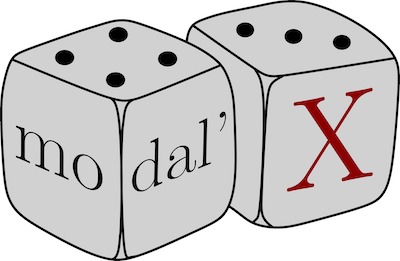Version française / Séminaires
- Libellé inconnu,
Séminaire MODAL'X : Cristina Olimpia Chavez Chong (Université Paris Nanterre)
Publié le 24 avril 2024
–
Mis à jour le 10 juin 2024

Ridge regularization for spatial autoregressive models with multicollinearity issues
Date(s)
le 13 juin 2024
13h30 - 14h30
Lieu(x)
Résumé :
This work proposes a new method for building an explanatory spatial autoregressive model in a multicollinearity context. We use Ridge regularization to bypass the collinearity issue. We present new estimation algorithms that allow for the estimation of the regression coefficients as well as the spatial dependence parameter. A spatial cross-validation procedure is used to tune the regularization parameter. In fact, ordinary cross-validation techniques are not applicable to spatially dependent observations. Variable importance is assessed by permutation tests since classical tests are not valid after Ridge regularization. We assess the performance of our methodology through numerical experiments conducted on simulated synthetic data. Finally, we apply our method to a real dataset and evaluate the impact of some socio-economic variables on the COVID-19 intensity in France.
This work proposes a new method for building an explanatory spatial autoregressive model in a multicollinearity context. We use Ridge regularization to bypass the collinearity issue. We present new estimation algorithms that allow for the estimation of the regression coefficients as well as the spatial dependence parameter. A spatial cross-validation procedure is used to tune the regularization parameter. In fact, ordinary cross-validation techniques are not applicable to spatially dependent observations. Variable importance is assessed by permutation tests since classical tests are not valid after Ridge regularization. We assess the performance of our methodology through numerical experiments conducted on simulated synthetic data. Finally, we apply our method to a real dataset and evaluate the impact of some socio-economic variables on the COVID-19 intensity in France.
Mis à jour le 10 juin 2024











